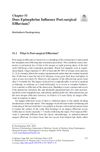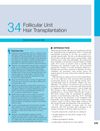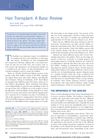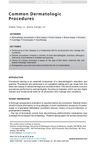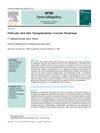Recipient Site Anesthesia and Hemostasis
March 2002
in “
Hair transplant forum international
”
anesthesia hemostasis hair restoration surgery scalp local anesthetics vasoconstrictors epinephrine tumescent anesthetic lidocaine neuro-vascular supply intra-operative bleeding anesthesia hemostasis hair transplant scalp local anesthetics vasoconstrictors adrenaline tumescent anesthetic lidocaine neuro-vascular supply intra-operative bleeding
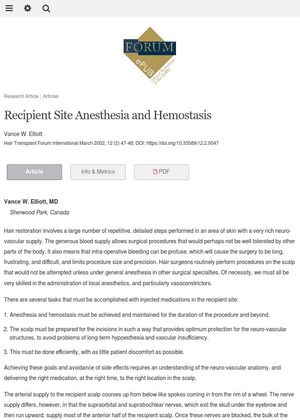
TLDR Using tumescent anesthesia in hair restoration surgery is safe and effective for long-lasting scalp numbness and reducing bleeding.
The document from 2002 discusses the importance of anesthesia and hemostasis in hair restoration surgeries, which are performed on the scalp, an area with a rich neuro-vascular supply. The author emphasizes the need for local anesthetics and vasoconstrictors to manage intra-operative bleeding and maintain procedure precision. The paper details a method of injecting medications, including epinephrine, into the recipient site to achieve anesthesia and hemostasis. The author suggests injecting a dilute tumescent anesthetic (0.1% lidocaine and 1:180,000 epinephrine) into the recipient area 10-20 minutes prior to incisions being made. More concentrated epinephrine is then injected immediately prior to incisions to maximize vasoconstriction. The author also notes that tumescent anesthesia has several advantages, including even and long-lasting anesthesia with very little total lidocaine dosage, and reduced systemic side effects. The author concludes that tumescent anesthesia is a safe and effective way to produce long-lasting scalp anesthesia, protect the neuro-vascular structures, and reduce intra-operative bleeding, while at the same time reducing systemic absorption of epinephrine.


